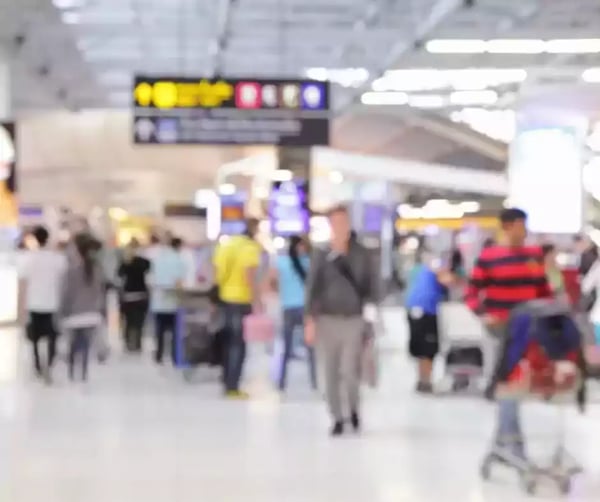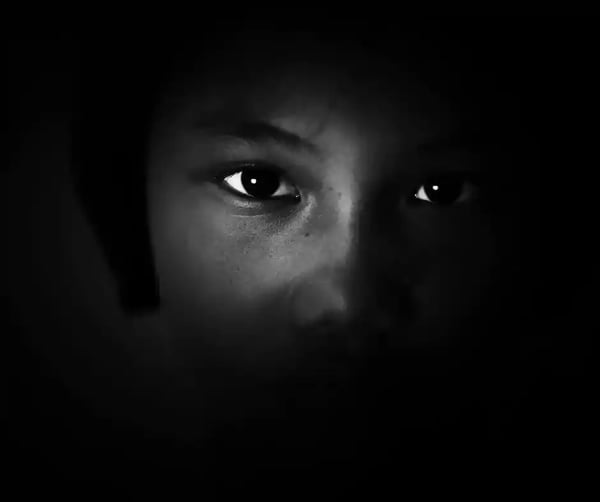Defining human trafficking
Human trafficking is a business of stealing the freedom of other people for financial profit. It occurs when the perpetrator, or trafficker, trick, defraud or physically force victims to obtain some labor or commercial sex act. It is hidden, fast-growing, & complex– generating billions each year through the exploitation of millions of people. According to the A21 campaign, there are an estimated 40.3 million people enslaved right now. Men, women, and children can all be victims of trafficking: 71% women, 29% men, 25% children. This is the highest figure than at any other point in human history. Slavery happens in every country. An estimated 5.4 out of every 1,000 people are enslaved in the world.
In situations of sex trafficking, victims may often know and even trust traffickers. Traffickers look for vulnerable people who are in need of something that they can provide – financial support, a place to live, clothing, or a chance to get rich quickly. People who are susceptible for some reasons, including psychological or emotional vulnerability, lack of social and financial safety net, or affected by a natural disaster, war, or political instability, are at risk.
Labor trafficking often starts with a job offer and becomes trafficking when payment or working conditions are abusive, the worker can’t quit, and the employer threatens or exploits the victim due to their desperate financial situation. Traffickers in those cases are often business owners, bosses, or other people in managerial positions. Victims’ family members can also be involved.
How does it usually occur?
- Traffickers can approach the potential victims in multiple ways, pretending to be a potential friend, contacting through social media, posting job ads, threatening or kidnapping. At this stage, traffickers make false promises to attract the victim, offering money, clothes, work or education, better life.
- Often, though not always, victims are moved around by traffickers to isolate them from family and friends.
- Exploitation occurs when a trafficker forces victims to provide labor or service because of their fear for the safety or safety of someone known to them.
Human trafficking is a crime that often can be hard to recognize. Victims don’t come forward for help. People may not recognize the situation and not know that they are a victim of human trafficking, they lack knowledge of their rights or don’t have a valid ID, language barriers, fear and low trust in law enforcement, and threats to the victim’s family, fear of deportation and many other.
There is something you can do to prevent human trafficking:
- Learn about it and share this information with your friends.
- Challenge it, at least on a local level. Study the situation in your country, support ethical businesses, and promote transparency.
- Learn how to recognize and stop it in case you are in a situation to help.
While we realize that as a company, we may not be able to change the statistics surrounding human trafficking, but we can take a small step to make a difference in educating our employees and raising awareness about human trafficking within our communities.
We respect the fantastic work the A21 campaign does, and we encourage other corporations to get involved and support this incredible initiative in whatever way they can. Stay tuned to learn more about human trafficking and ways to prevent it.
Learn more: www.a21.org

 Elisabeth Tadoe
Elisabeth Tadoe
 If you are interested in knowing how you can improve your efficiency in maintenance operations, book a 30-minutes discovery call with us.
If you are interested in knowing how you can improve your efficiency in maintenance operations, book a 30-minutes discovery call with us.

